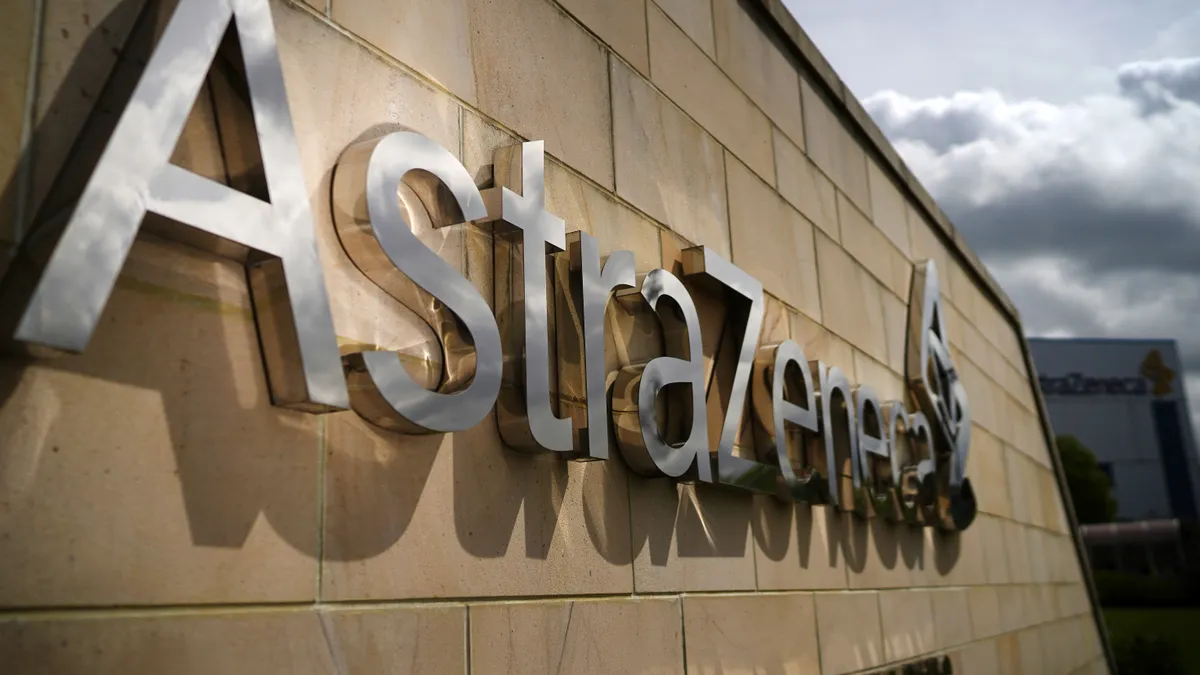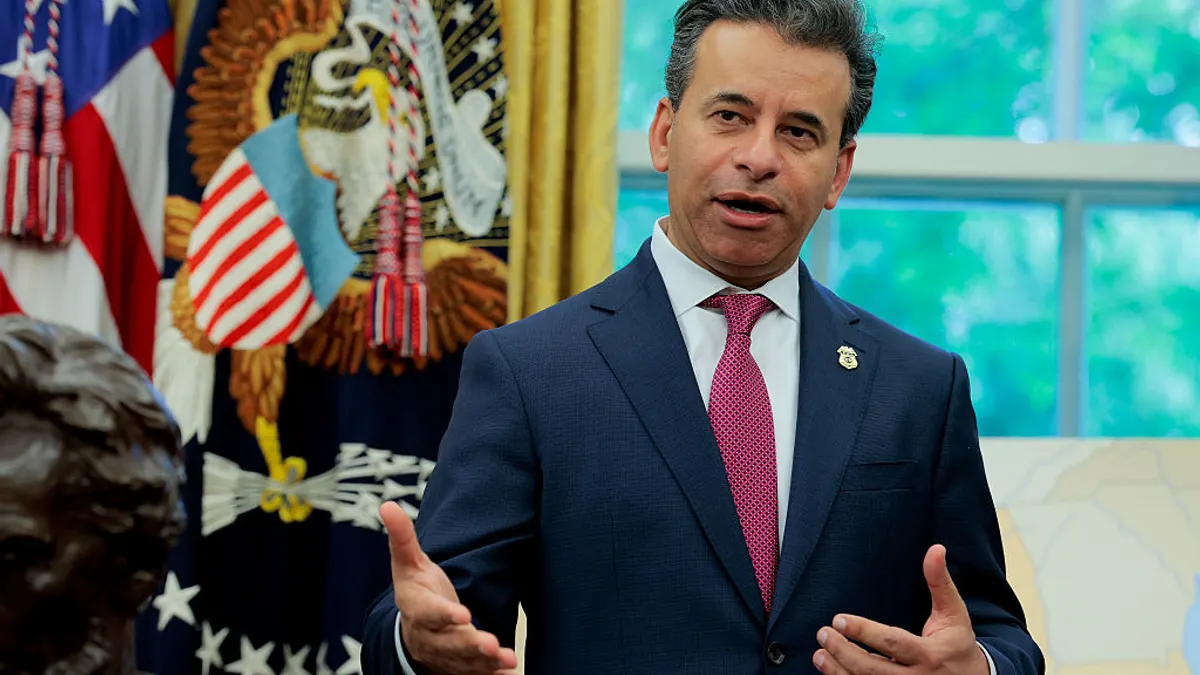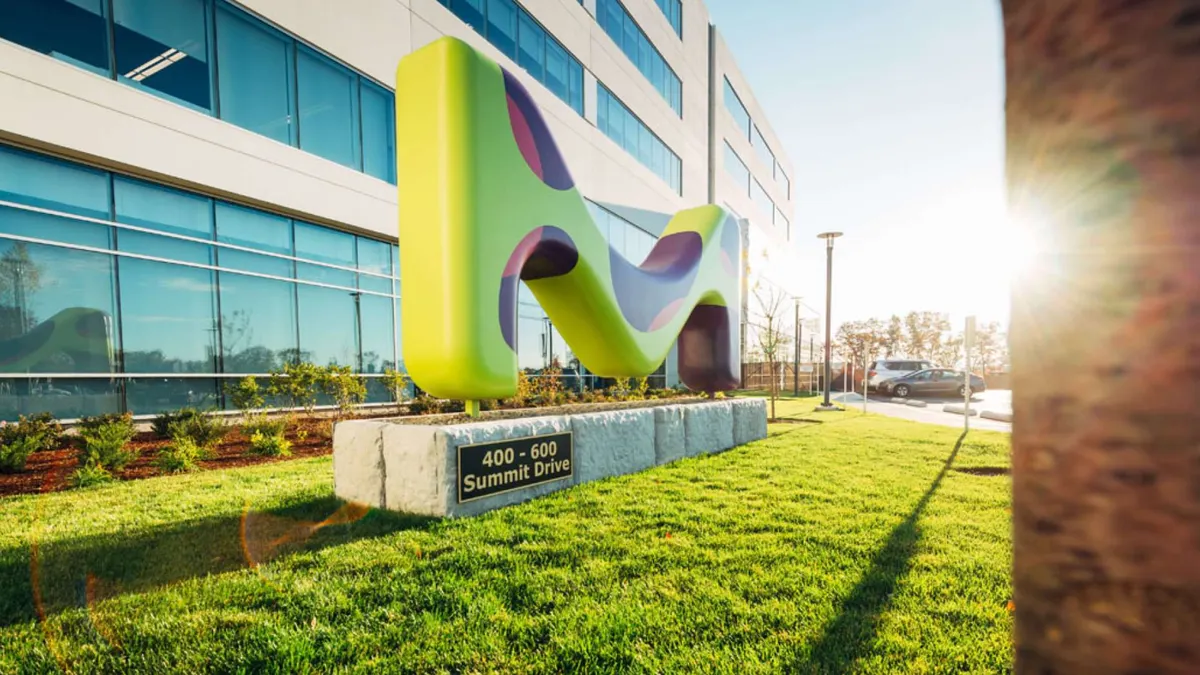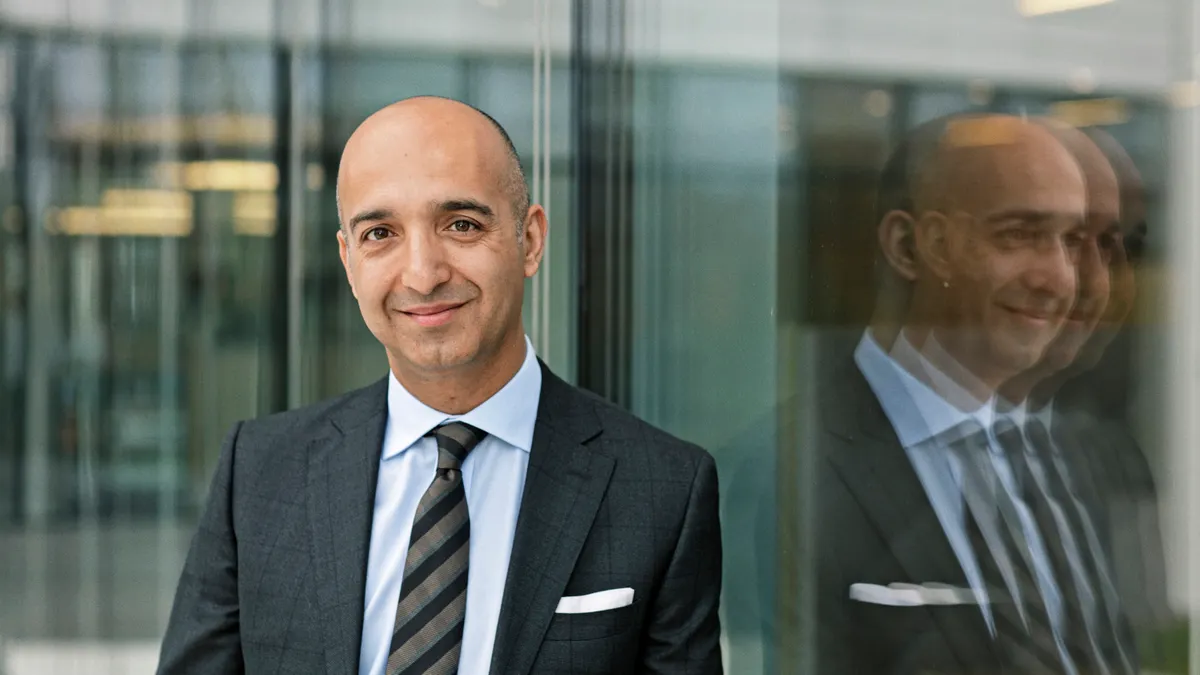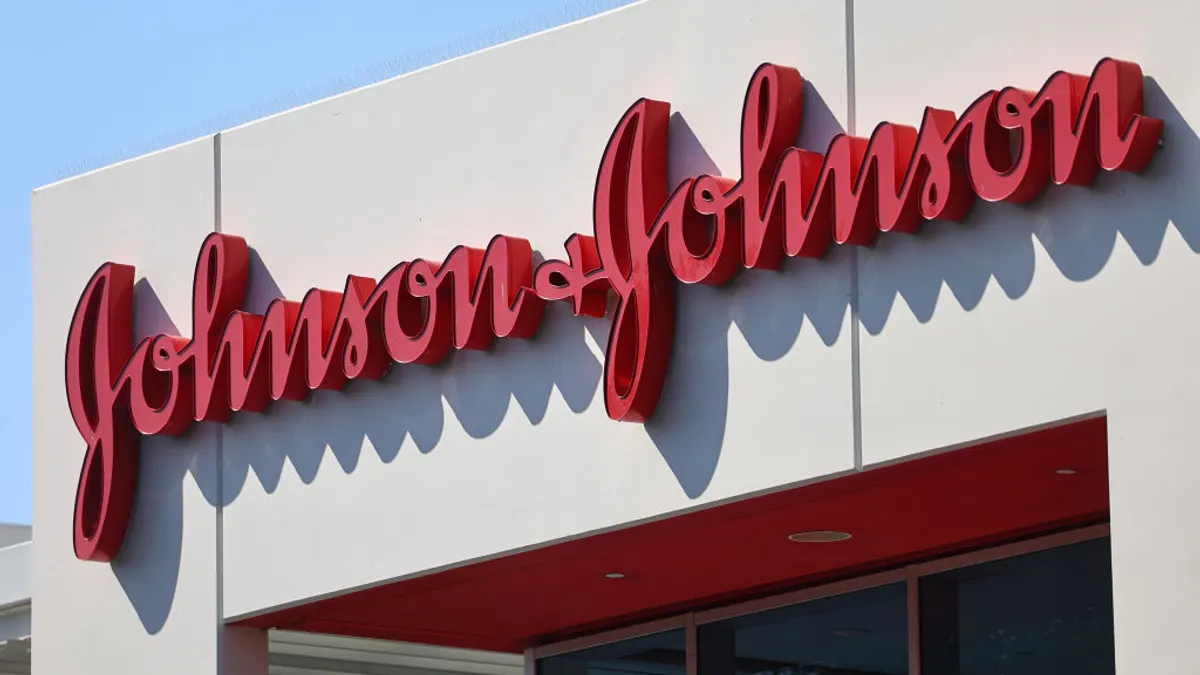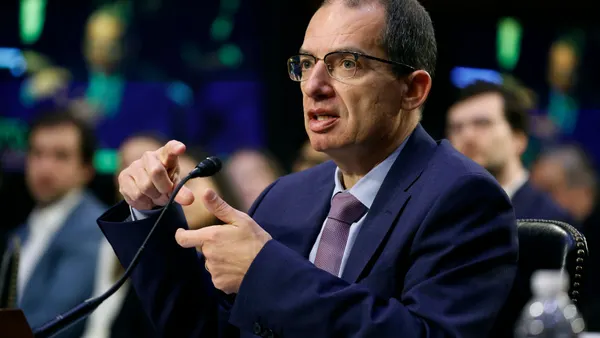Major oncology pharmas employ different strategies when building their pipelines, but one recent common factor among Big Pharma is a bet on antibody-drug conjugates that many see as replacements for chemotherapy.
Many of the leading cancer drugmakers have at least one or two ADCs nestled in the development pipeline. Others have invested in huge acquisitions to fill their ADC coffers, including Pfizer’s $43 billion Seagen buy, J&J’s $2 billion Ambrx Biopharma deal and a series of acquisitions and partnerships from Merck & Co., to name a few.
One of the bestselling ADCs on the market is Enhertu from partners AstraZeneca and Daiichi Sankyo, which brought in combined sales of $2.5 billion in 2023, almost double the year before. In that time, AstraZeneca has made ADCs a more substantial part of its overall pipeline alongside radiotherapeutics and immunotherapies for a deep lineup of combinations to work with, said Dr. Carlos Doti, vice president and head of medical affairs for U.S. oncology.
“We started our ADC journey with the Daiichi partnership, and now we’re bringing seven or eight different molecules from our own platform,” Doti said. Since the first ADC Mylotarg from Pfizer subsidiary Wyeth hit the market in 2000, researchers have learned how to make the modality more versatile by trying different antibodies and drugs, while also varying the way the two are linked together, Doti pointed out.
“We’re improving our technology, and getting better antibodies to direct where it needs to go, and using linkers that only release the payload at the point of delivery."

Dr. Carlos Doti
Vice president, head of medical affairs for U.S. oncology, AstraZeneca
“ADCs can sort of be like a choose-your-own-adventure — you have all these different [tools] available to you, and now you can identify where there’s unmet need,” Doti said. “What was clear from [the ASCO annual meeting this year], the combination of ADCs and [immunotherapies] will change the first line of treatment by combining that immune system enhancement and directed therapy together.”
With an eye toward studying the drugs in earlier lines of treatment, AstraZeneca presented results from a late-stage study of Enhertu in patients with metastatic breast cancer that could widen the patient population and allow it to be used earlier in their regimen.
Including ADCs in early clinical studies for patients with cancers like lymphoma, leukemia, multiple myeloma and ovarian and lung cancers, AstraZeneca also has the ADC datopotamab deruxtecan in later stages for various types of breast and lung cancer.
Originally, ADCs were used primarily to deliver dangerous chemotherapies in a more precise way. But Doti said AstraZeneca and its peers are moving beyond chemo to deliver more effective payloads.
“We’re improving our technology, and getting better antibodies to direct where it needs to go, and using linkers that only release the payload at the point of delivery,” Doti said. “So if you see a lot of things going on for us and others, it’s that we're not just working on delivering chemotherapy in the payload anymore.”
AbbVie’s oncology pivot
AbbVie has been known as a successful oncology drugmaker in the blood cancer space and has only recently pivoted to solid tumors. At the heart of that strategy shift is a slate of ADCs the company hopes will stand out even as AbbVie has a little solid tumor catchup to do.
“We’ve been working in the hematological space, but solid tumors have a larger unmet need in oncology, and so it was a natural next step,” said Pedro Valencia, vice president of solid tumor pipeline and strategy at AbbVie. “One of the overarching strategies is a focus around ADCs, thinking about what we call the ADC toolkit with a series of novel antibodies, novel targets, novel payloads that can be first and also best in class.”
AbbVie is tackling tumors that have eluded other medications in the past, including colorectal cancer, which has grown in prevalence, particularly among younger people. In an attempt to replace chemotherapy as a standard of care, AbbVie is using an ADC with a TOP1 inhibitor as a payload in early-stage trials.
“The reasoning is we have the ability to replace chemotherapy that has been used for decades, and … we’re trying to do that in colorectal, ovarian, non-small cell lung and small cell lung cancers,” Valencia said.
Although AbbVie might be considered a relative newcomer to these types of tumors, Valencia said that puts the company in a good position to build franchises from scratch the way it has done before with the megablockbuster Humira in immunology and Venclexta in hematological cancers.
“We like to be the newcomers — it reminds me of the underdogs that go to Olympics, that really just dominate,” Valencia said.
Like AstraZeneca and many other oncology drugmakers, AbbVie is developing multiple candidates with the goal of combining them to be the most effective in certain cancer patients, and Valencia said ADCs are ideally suited for that kind of action.
“If you combine ADCs and immunotherapies, for example, I see that as the next big wave to unlock patients who haven’t been unlocked before,” Valencia said.



